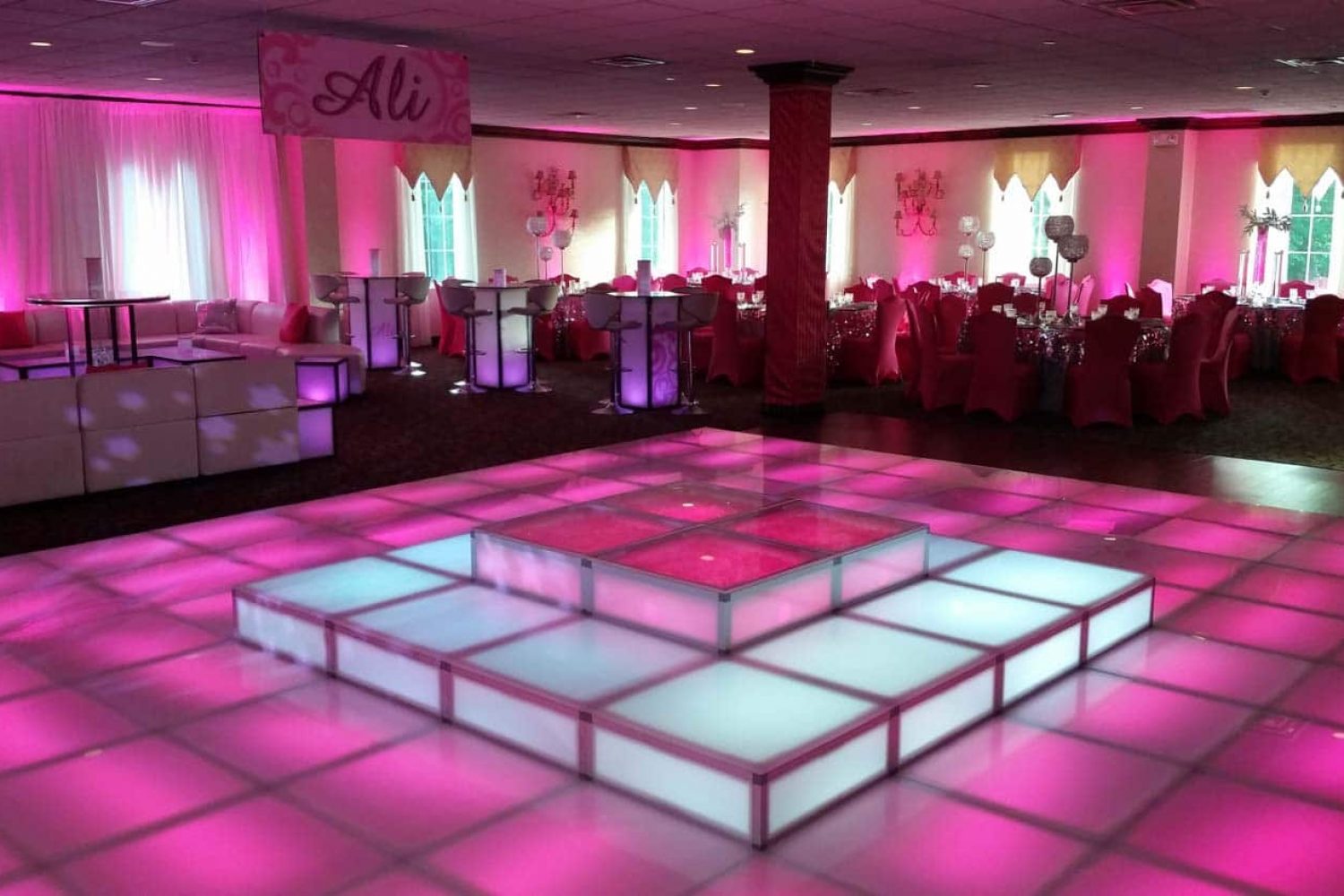A Revolutionary Power in Lighting on Elevating Dance Area Aesthetics
Illumination plays a crucial role in creating the environment of a dance floor. It can convert a simple space into an dynamic environment that boosts the overall encounter for dancers and audience alike. The right lighting can affect the mood, dynamism, and even the type of the performance being performed. By using multiple types of lighting, such as spotlights, colored illumination, and strobe effects, event planners can create a lively environment that engages the spectators and encourages participation.
One of the main functions of lighting on a dancing area is to showcase the performers. Spotlights can be used to focus attention on individual dancers or groups, making them the center of attention. This method not only displays their actions but also adds a dimension of theatricality to the show. When dancers are lit properly, their facial expressions and skills become more apparent, allowing the spectators to value their abilities. This focused lighting can also help to create a story, leading the audience through the performance.
In addition to highlighting performers, colored lights can significantly impact the mood of the dance floor. Various colors elicit varied feelings; for instance, warm colors like crimson and amber can generate a sense of enthusiasm and vitality, while cooler colors like blue and green can promote calmness and relaxation. By strategically using colored lights, event planners can control the atmosphere to match the theme of the event or the type of the performance. This considerate approach to lighting setup can improve the complete experience for everyone involved.
Strobe lights and other dynamic lighting effects can also add thrill to a dancing area. These features can generate a sense of rhythm and movement that matches the music being played. When timed with the rhythm, flashing lights can make the dancing area feel vibrant, encouraging dancers to move in time with the flashing lights. This interaction between light and music can elevate the energy of the event, making it more pleasurable for both dancers and audience. The use of such features requires careful planning to ensure they enhance rather than divert from the show.
Ultimately, the overall design of the lighting arrangement is essential for creating a cohesive look on the dancing area. A carefully planned lighting plan considers visit the layout of the space, the type of performance being executed, and the spectators' experience. By integrating various lighting methods, such as background lighting, highlighting, and special effects, organizers can design a aesthetically impressive environment. This attention to specifics not only improves the performance but also leaves a lasting impact on the spectators, making the event memorable. In summary, the powerful power of lighting is vital in improving dancing area aesthetics, creating an engaging and pleasurable encounter for all.